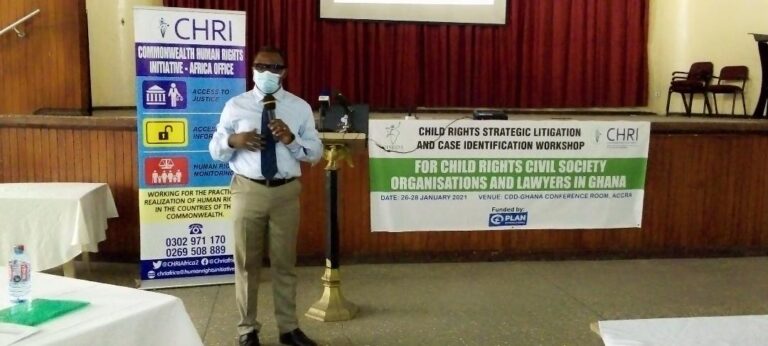|
Getting your Trinity Audio player ready...
|
A study conducted by Child Rights International (CRI) has revealed that only 35 per cent of teenagers living in mining communities are enrolled in school.
The research, which examined the impact of illegal mining activities on children’s education, health, and safety, showed that 18 per cent of children aged 13-14 years and 17 per cent of those aged 15-17 years are currently attending school.
The report is titled the: The Hidden Toll of Illegal Mining on Children in Ghana.
Presenting the report at a press conference in Accra on Tuesday, Mr Bright Appiah, the Executive Director of CRI, attributed the low school attendance to the lure of illegal mining, which children perceive as an easy way to earn money.
“For children between 13 and 14 years, 18 per cent are currently enrolled in school. For those aged between 15 and 17 years, the figure is 17 per cent,” he said.
Mr Appiah noted that enrollment and retention rates among school children were on the decline in areas where active mining activities were taking place.
“It is clear that most young children are dropping out of school to engage in small-scale mining activities,” he said.
He said enrollment among children aged 5 to 12 years was relatively better but still fell short when compared to children in non-mining communities.
“While 65 per cent of children within that age group in mining communities are enrolled in school, a whopping 92 per cent of their counterparts in non-mining towns are in school,” he said.
The report recommended that the Government take steps to abolish community mining due to its negative impact on education in mining areas.
It also urged the Minerals Commission and the Gold Board to design a sustainability programme that protects the educational rights of children in mining communities.
The report further called for the strict enforcement of the Free Compulsory Universal Basic Education (FCUBE) policy to ensure that all children are enrolled in school.
Beyond education, the study also examined the effects of illegal mining on children’s rights to health, protection, and access to clean water.
The research, conducted between 2023 and 2024, covered the Ashanti, Western, Central, Eastern, and Western North regions.
It sampled over 2,000 households and interviewed 6,000 children, of which 57 per cent were male and 43 per cent female.
Source: GNA


